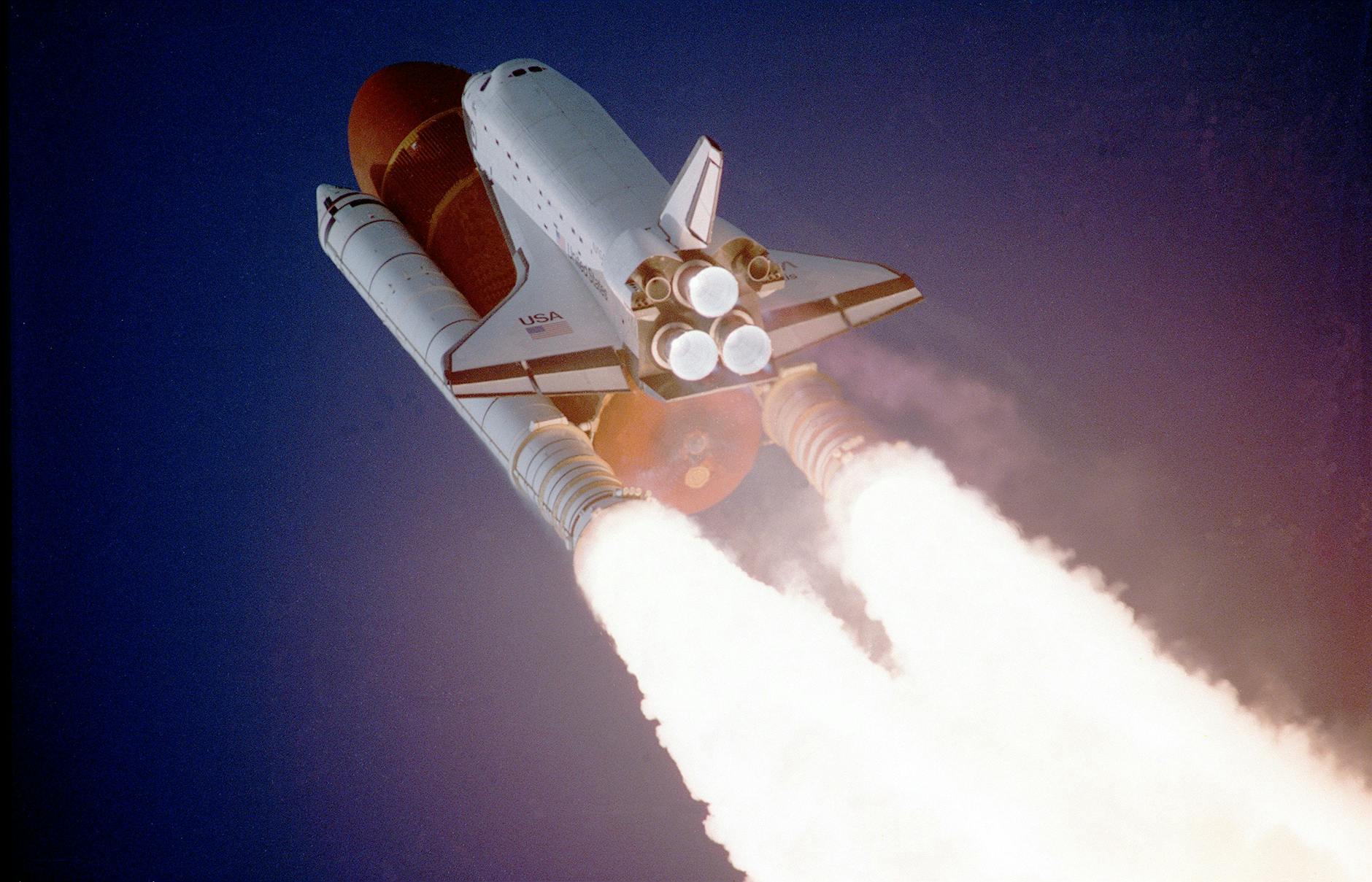“`html
North Korea Raises Capsized Warship After Failed Launch
North Korea has successfully lifted a damaged naval destroyer upright after it capsized during a failed launch, according to state media. The incident highlights the challenges faced by the reclusive regime in maintaining its aging military hardware. Leader Kim Jong Un has reportedly ordered repairs to be completed by the end of the month—an ambitious timeline that underscores the urgency Pyongyang places on its naval capabilities.
This event is more than just a technical mishap; it offers a rare glimpse into North Korea’s military readiness at a time when tensions in the region remain high. With Kim Jong Un personally overseeing the recovery effort, the stakes are clear: North Korea’s naval ambitions cannot afford another setback.
The Incident: North Korea’s Failed Warship Launch
The destroyer reportedly capsized during what was supposed to be a routine launch, though details remain scarce. North Korean state media, known for its selective reporting, framed the incident as a temporary setback rather than a systemic failure. Independent analysts, however, suggest the mishap points to deeper issues in the country’s shipbuilding and maintenance programs.
The exact date of the accident hasn’t been disclosed, but reports surfaced only after the vessel was raised—a delay that aligns with Pyongyang’s tendency to control information tightly. Unlike more transparent militaries, North Korea’s opacity makes it difficult to assess the full scope of the damage.
Raising the Capsized Warship: Details and Challenges
Lifting a capsized warship is no small feat, even for advanced navies. North Korea’s engineering teams likely faced significant hurdles, from securing the vessel without further damage to ensuring stability during the operation. The fact that they managed to right the ship suggests some level of technical proficiency, but the real test will be whether it can be restored to operational status.
Given North Korea’s limited access to modern shipbuilding technology, the repairs will be a race against time. The country’s naval fleet, much like its economy, operates under severe constraints—making Kim Jong Un’s deadline all the more daunting.
Kim Jong Un’s Directive: Urgent Repairs by Month-End
Kim Jong Un’s demand for swift repairs is telling. The North Korean leader has a history of micromanaging military projects, often visiting shipyards and weapons tests personally. His involvement here signals the importance of this vessel to the regime’s broader strategic goals.
But why the rush? Some experts speculate that North Korea may be preparing for future naval demonstrations, possibly as a show of strength amid stalled denuclearization talks. Others suggest the timeline reflects internal pressure to maintain operational readiness, especially as regional rivals like South Korea and Japan continue to modernize their own fleets.
Analysis: What This Reveals About North Korea’s Military Capabilities
The incident exposes both vulnerabilities and resilience in North Korea’s naval forces. On one hand, the failure during launch raises questions about maintenance standards and training. On the other, the ability to recover the ship—albeit with significant effort—shows a degree of resourcefulness.
Comparisons to past naval mishaps are inevitable. North Korea’s submarine program, for instance, has seen both successes and high-profile failures. Like a car held together by duct tape, the country’s military hardware often functions—but just barely.
International Reactions and Implications
Neighboring countries are watching closely. South Korea’s defense ministry has downplayed the incident, calling it a reminder of North Korea’s logistical struggles. Japan and the U.S., meanwhile, may see it as further evidence of Pyongyang’s unpredictable military posture.
Could this incident lead to renewed tensions? Unlikely in the short term, but it certainly won’t ease concerns about North Korea’s long-term ambitions. With Kim Jong Un prioritizing military expansion, even minor failures are worth monitoring.
Conclusion
North Korea’s ability to raise its capsized destroyer is a small victory in a much larger struggle. The incident underscores the regime’s determination to project strength, even as technical and logistical challenges persist. For now, all eyes are on whether Kim Jong Un’s tight deadline can be met—and what it might mean for the region’s fragile stability.
What’s your take on North Korea’s latest military mishap? Could this be a sign of deeper issues, or just a temporary setback?
Source: DW News
“`













One thought on “North Korea Raises Capsized Warship After Failed Launch”